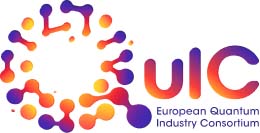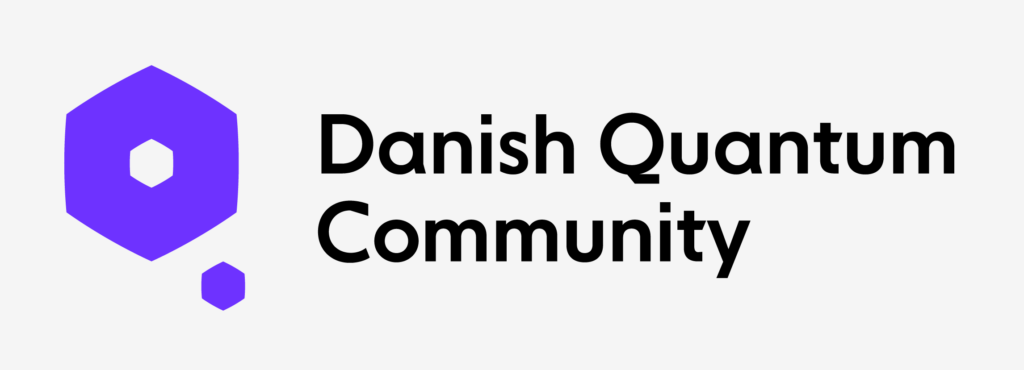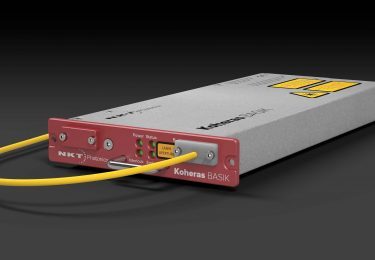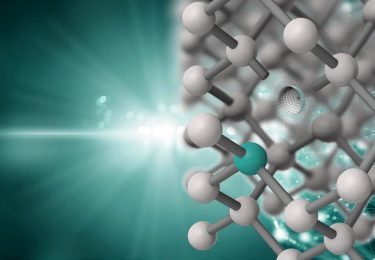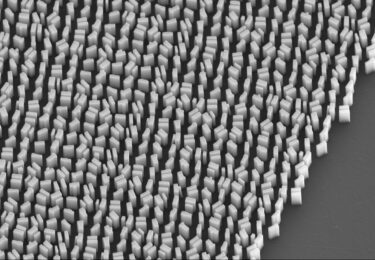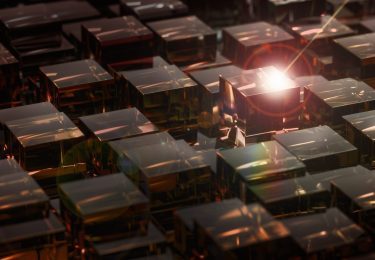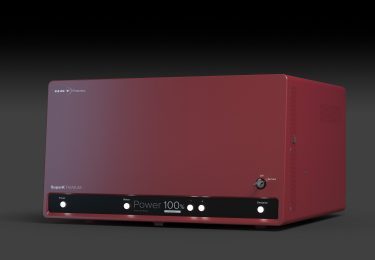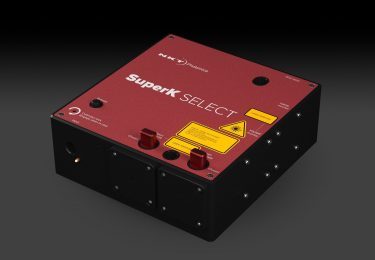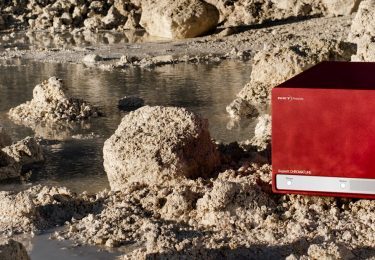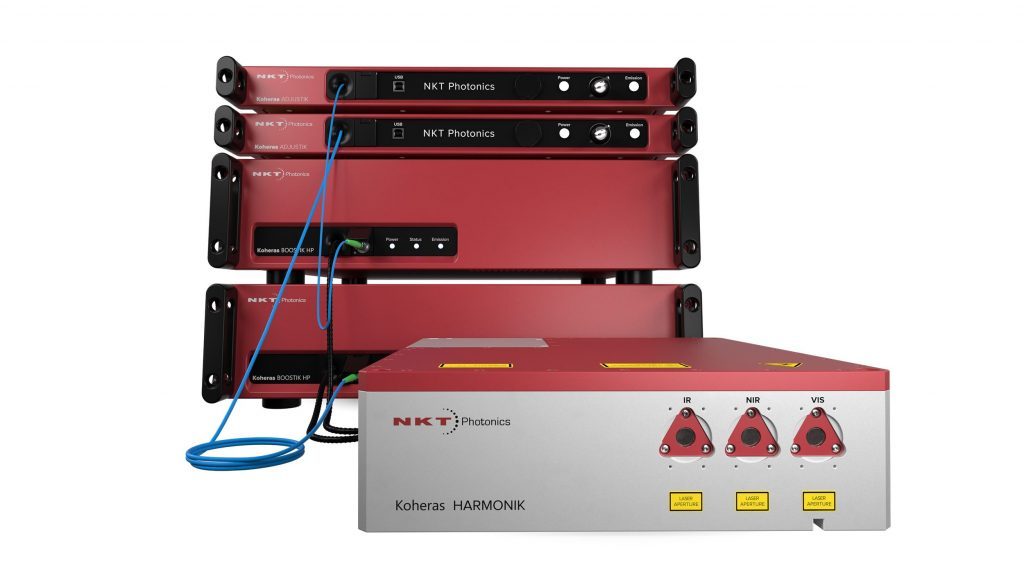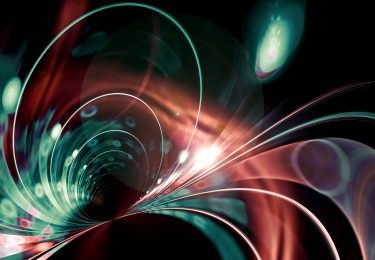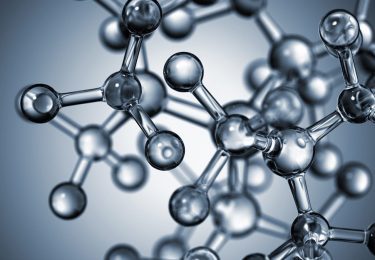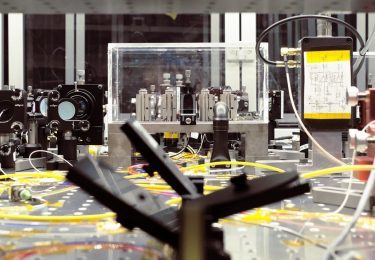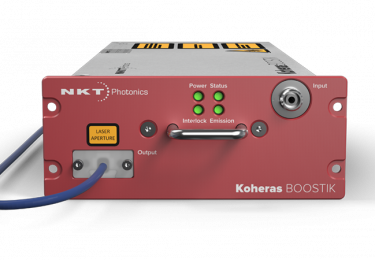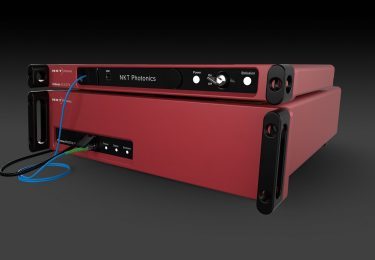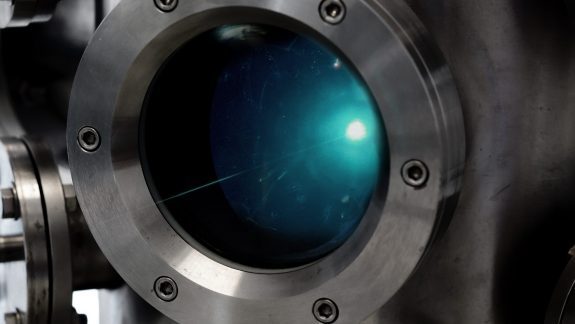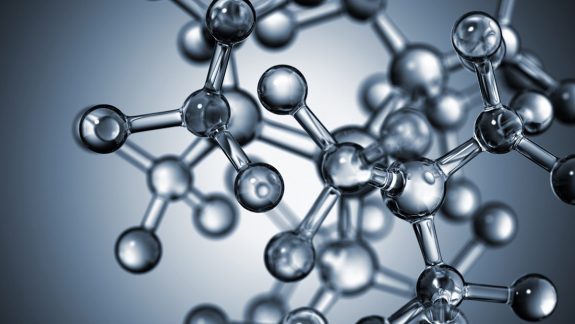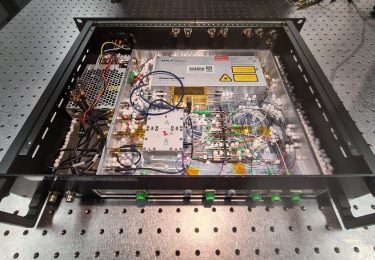Get stability and narrow linewidth with the Koheras BASIK X15
With the Koheras BASIK X15, you get a stable, ultra-narrow linewidth fiber laser with intrinsically low phase noise. Lock it to acetylene to get an even higher long-term stability. Optimized for 1542 nm, our BASIK X15 laser has become the preferred foundation for a rock-steady acetylene-locked laser.
On top, the BASIK X15 is mode-hop-free and gives you the narrowest linewidth on the market, just 0.1 kHz.

Phase noise specifications:
| BASIK X15 | |
| Max. phase noise | -105 dB((Rad/√Hz)/m)@ 1 Hz -125 dB((Rad/√Hz)/m)@ 10 Hz -130 dB((Rad/√Hz)/m)@ 100 Hz -128 dB((Rad/√Hz)/m)@ 1 kHz |
| Max. phase noise | 3.1 (µrad/√Hz)/m@ 1 Hz 0.6 (µrad/√Hz)/m @ 10 Hz 0.3 (µrad/√Hz)/m @ 100 Hz 0.4 (µrad/√Hz)/m @ 1 kHz |
See all the Koheras BASIK X15 specifications on the product page.
Unique fiber delivery system
Do you want to mount the laser system in a rack? No problem. With our unique fiber delivery system, aeroGUIDE POWER, you can get light wherever you want. The fiber delivery solution handles high power, preserves the low-noise laser properties, and delivers single-mode light at all wavelengths.
This laser is robust enough for oil rigs yet sophisticated enough for the lab
Our fiber laser design is inherently compact and robust. It is developed for a lifetime of above 10 years in demanding environments where uptime is critical. With failure rates lower than 1%, we proudly deliver the most reliable low-noise lasers on the market. Alignment-free and maintenance-free.
The industrial-grade OEM lasers have a rugged design, a stable performance unaffected by changing environmental conditions, and wide temperature ranges in the field as well as the lab. We deliver lasers to the most advanced laboratories worldwide such as the Danish National Metrology Institute and the Quantum Optics and Photonics lab at the Niels Bohr Institute.
We have more than 15,000 Koheras lasers deployed in the harshest environments on – and off – the planet. We have lasers on oil rigs, submarines, wind turbines, and even in space. With over 20 years of experience, we know they last. Also in your lab.
References
- Comb-locked frequency-swept synthesizer for high precision broadband spectroscopy by Riccardo Gotti, Thomas Puppe, Yuriy Mayzlin, Julian Robinson-Tait, Szymon Wójtewicz, Davide Gatti, Bidoor Alsaif, Marco Lamperti, Paolo Laporta, Felix Rohde, Rafal Wilk, Patrick Leisching, Wilhelm G. Kaenders, Marco Marangoni published in Scientific Reports, 2020.
- Optical Frequency References thesis by Martin Romme Henriksen, Niels Bohr Institute, 2019.
- Optical frequency standard of continuous wave for fiber communication based on optical comb by Ruiyuan Liu, Ye Li, Cheng Qian, Dawei Li, Jianxiao Leng, Jianye Zhao published in Optics Communications, 2018.
- Investigating the use of the hydrogen cyanide (HCN) as an absorption media for laser spectroscopy by Martin Hosek, Simon Rerucha, Lenka Pravdova, Martin Cizek, Jan Hrabina, Petr Jedlicka and Ondrej Cip, published in SPIE Proceedings of the 21st Czech-Polish-Slovak Optical Conference on Wave and Quantum Aspects of Contemporary Optics, 2018.
- Enhancement of the performance of a fiber-based frequency comb by referencing to an acetylene-stabilized fiber laser by Thomas Talvard, Philip G. Westergaard, Michael V. DePalatis, Nicolai F. Mortensen, Michael Drewsen, Bjarke Gøth, Jan Hald, published in Optics Express 2017.
- Optical frequency standard using acetylene-filled hollow-core photonic crystal fibers by Marco Triches, Mattia Michieletto, Jan Hald, Jens Kristian Lyngsø, Jesper Lægsgaard, Ole Bang published in Optics Express, 2015.
Our quantum engagements
We are part of the European Quantum Flagship, the European Quantum Industry Consortium, the Quantum Economic Development Consortium, and the Danish Quantum Community.



